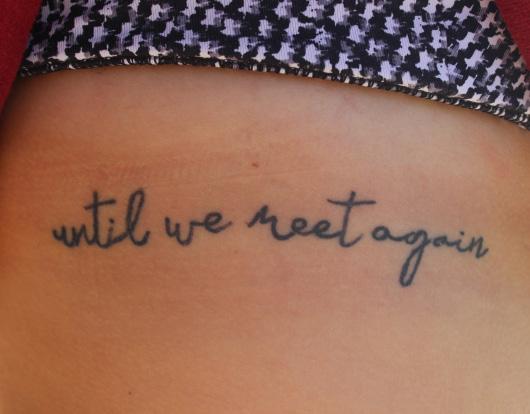8
Opinion
Teachers and students anonomously give their input on teacher favoritism
Ally Madden
reporter
Caroline Erickson
S
s a i B r e h c a Te Fact or Fiction?
reporter
tudents typically have seven or more classes in a given year. Within those classes they have a variety of different teachers, each with a different style and personality. It’s a given that students have a favorite teacher; one that they wave to in the hallway,talk to after class . Many of these students are outspoken as to who is their favorite or even least favorite teacher without any fear of being penalized. A question more daring to ask however, is; who is a teacher’s favorite student? It is inevitable to have biases, but many teachers claim they do not. To settle this debate, students and teachers gave anonymous input on the issue of teacher bias. While some teachers may have a favorite student, most agree that specific groups are shown special treatment. “Math teachers tend to like the popular athlete boys while ELA teachers always favor cheerleaders,” an anonymous senior said. Showing favoritism does not always mean letting students off easy, but sometimes showing them more attention. “Teachers usually pick on the kids they like the most and make jokes about them,” an anonymous senior said. After getting strong statements from students in their
survey, Spotlight sent every teacher an anonymous Google form to ask their opinions on the matter of favoritism. Some teachers failed to admit the relevance of favoritism while others claimed they tried their best to fight unconscious bias. When asked if teachers believed they are guilty of showing favoritism, one teacher appeared to be offended by the question. “I don’t even pick a favorite color. My rainbows would not be as magnificent if 6 of the colors were jealous,” an anonymous teacher said. Another teacher tries their best to make every student feel special. “I care about each and every student. I connect more with some than others but do my best to make each one feel that I “see” them,” anonymous teacher said. Teachers were asked how to address this problem. One teacher’s response seemed less serious than most. “Seven hours of professional development for teachers. Then, our favorite students can have another day off from school!” an anonymous teacher said. Another teacher provided a more thoughtful approach. “Not sure there is a onesize fits all solution, other than to acknowledge that it does exist. Just like racism and sexism, or any other discriminatory bias, the first
step in resolving the issue is to give it a name and recognize our own participation in it,” anonymous teacher said. When a student knows that a teacher has a favorite, they may be less inclined to do their best work. “If a teacher doesn’t like me, it doesn’t matter how much effort I put in, I’m still going to receive a bad grade” a senior said. On the flip side, this makes some teachers work harder. “I always try hard to prove to my teacher’s that I care about their class and want to succeed, even if I think they don’t like me,” a senior said. Overall, many teachers were grateful for the opportunity to speak out, as this issue has not been discussed very often. “I think continuing to educate on the sensitivity of this subject. This is a good question and I know I have been guilty of it as a teacher. I appreciate this survey to reflect on this issue more” a teacher said. As long as teachers acknowledge that bias exists, change will be possible.





